
Mikio Watanabe (b. 1954) is a Japanese printmaker working in a mezzotint technique which implies using a copper plate. In this monochrome printing, different tonalities are achieved by roughening or "rocking" a metal plate with thousands of dots. The result is a dimensional image with rich gradations of colors. Most of Wanatabe's nude prints are made in black and white. Yet, the artist works in color printing and produces mesmerizing meditative images of animals and insects in Japanese style.
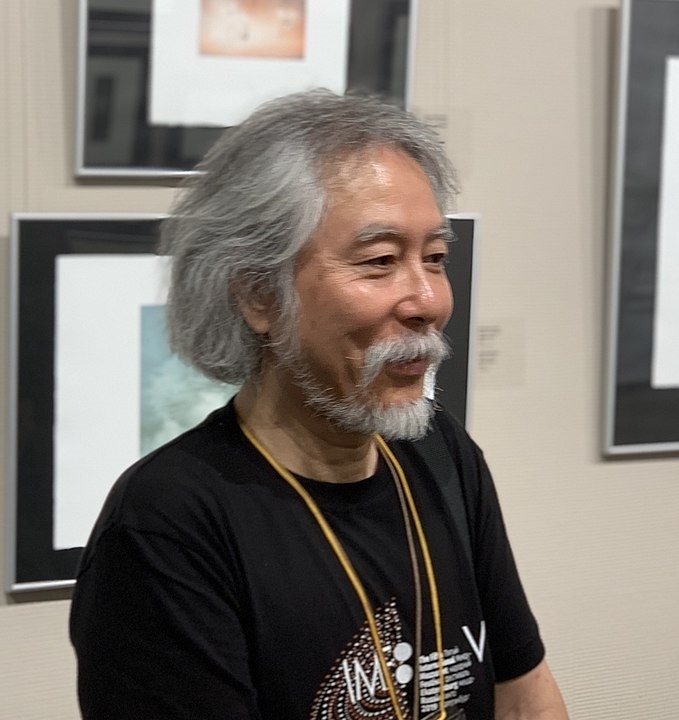
Fig. 1. Mikio Watanabe in Ekaterinburg, Russia, 2019 (Wikipedia.org)
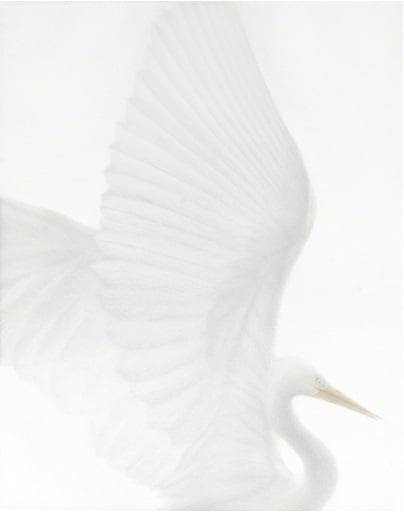
Fig. 2. Daydream (mikiowatanabe.com)
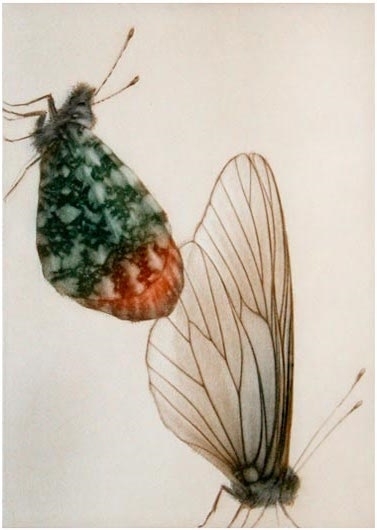
Fig. 3. Meeting (mikiowatanabe.com)

Fig. 4. Tolerance (mikiowatanabe.com)
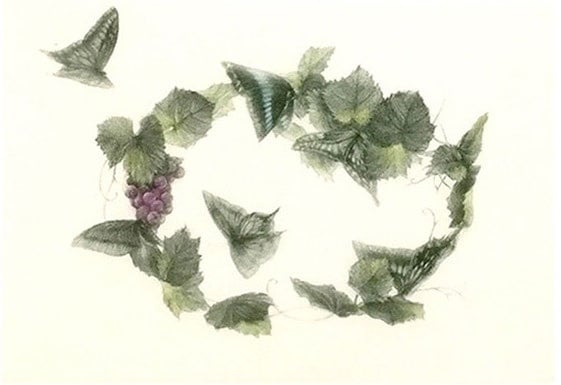
Fig. 5. Kisvin – Butterflies (mikiowatanabe.com)
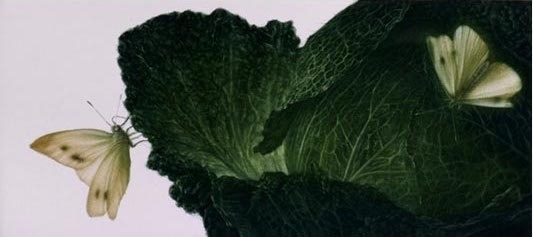
Fig. 6. Cabbage (mikiowatanabe.com)
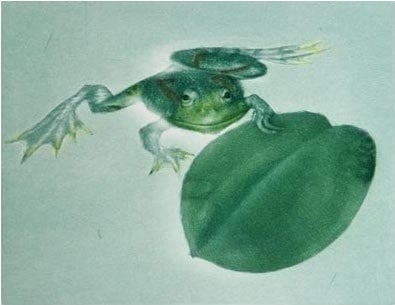
Fig. 7. Nenuphar (mikiowatanabe.com)

Fig. 8. Night Flight (mikiowatanabe.com)
Cultivating Silence
Mikio Watanabe was born in Yokohama. Graduated from the Ecole des Beaux-Arts of Tokyo in 1977, he heads for Paris and crosses Siberia after setting off Yokohama harbor. For two years, from 1979 to 1981, he studies engraving techniques at the Atelier 17 with Stanley William Hayter (1901-1988), one of the most significant printmakers of the 20th century. Since 1981, Watanabe has been working majorly with mezzotint. As the artist says, "With patience, I engrave while cultivating silence. I like the anonymity of the body, the unspoken gestures, and the praise of the intimate. I am the son of a carpenter and have a taste for empty spaces and the observation of nature from my childhood in Japan" (ouest-france.fr). In 2001, Watanabe set up a studio in Paris. Nowadays, the artist resides and works in Brittany. He has had more than fifty solo shows around the world. In 2018, he was awarded First Prize in Classical Printmaking at the Miniprint Kazanlak festival, Bulgaria. In 2017, he also won the Grand Prix of the 4th International Mezzotint Festival in Ekaterinburg, Russia. The previews of his artbooks are shown on his website mikiowatanabe.com. Besides, there you can take a look at his watercolors and stunning photography.
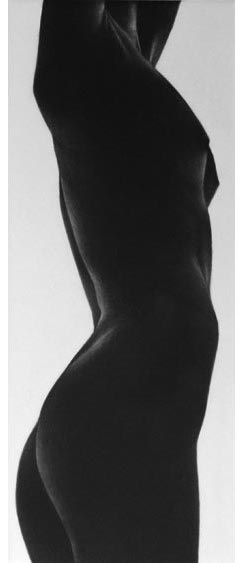
Fig. 9. Nu-h, 1982 (mikiowatanabe.com)

Fig. 10. Nu-u, 1984 (mikiowatanabe.com)
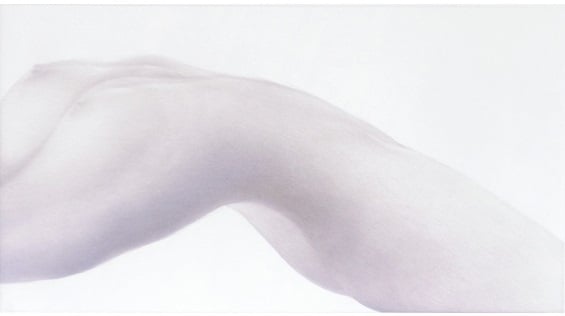
Fig. 11. Interval (mikiowatanabe.com)
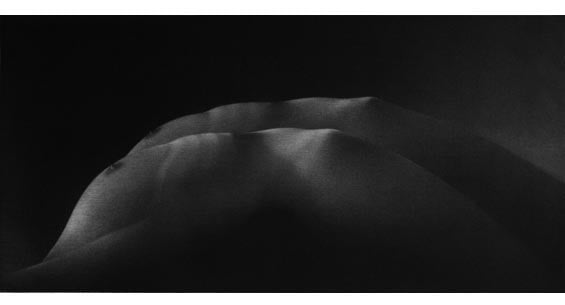
Fig. 12. Dawn II (mikiowatanabe.com)

Fig. 13. Forest (mikiowatanabe.com)
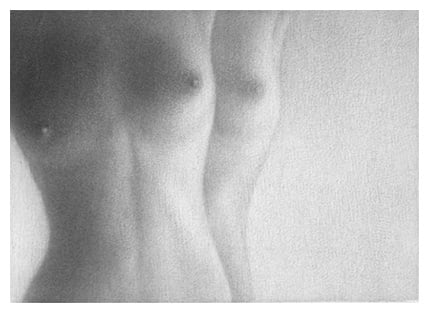
Fig. 14. Detachment (mikiowatanabe.com)
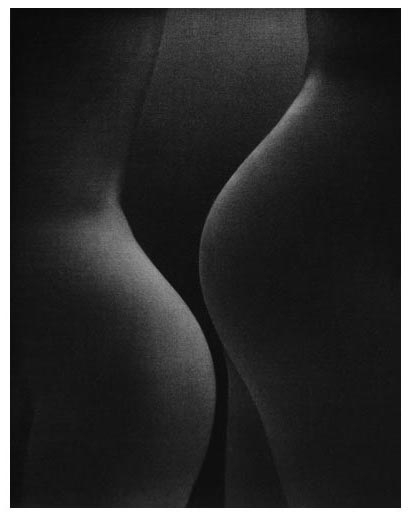
Fig. 15. Two backsides, 1988 (mikiowatanabe.com)
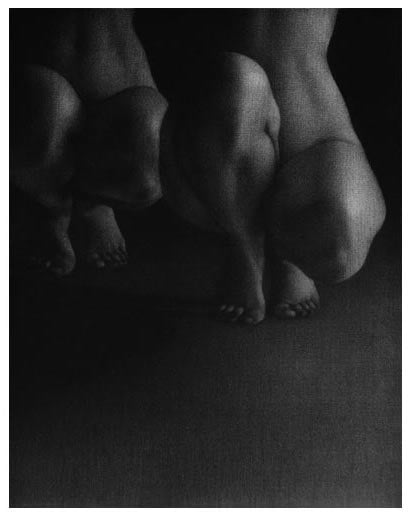
Fig. 16. Four knees, 1988 (mikiowatanabe.com)
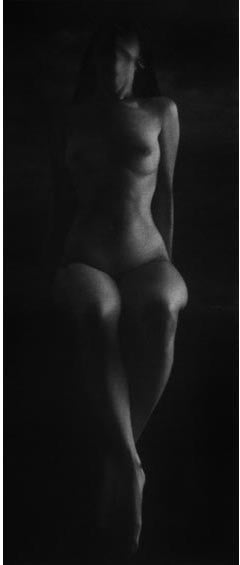
Fig. 17. On the Hill, 1990 (mikiowatanabe.com)

Fig. 18. Genius (mikiowatanabe.com)
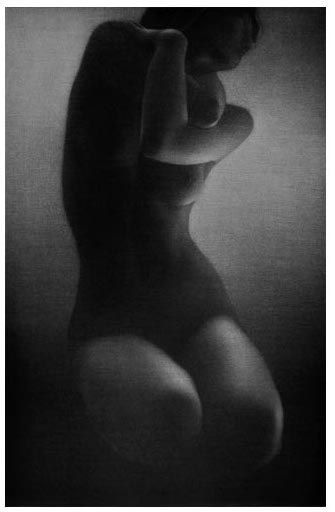
Fig. 19. The Morning, 1993 (mikiowatanabe.com)
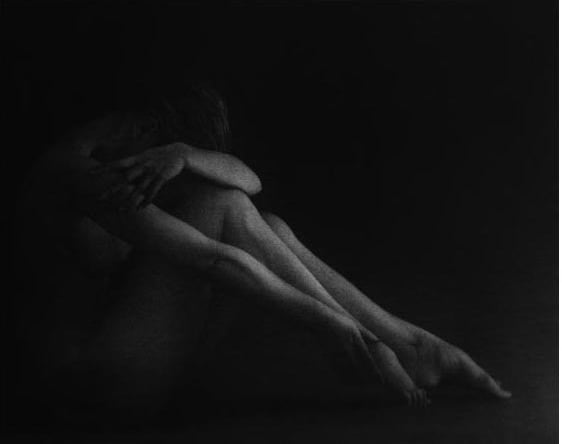
Fig. 20. Mélancolie II, 1996 (mikiowatanabe.com)
What Is Mezzotint
Mezzotint, also: manière noire or schabkunst (the art of a scraper) was invented by Ludwig von Siegen in the 17th century. The first mezzotints were produced by the light-to-dark method in which the artists left the copper plate smooth in areas where the image was supposed to be white. The print could be created directly by roughening a blank plate in darker zones. But the more common method is dark-to-light when the printmaker roughens the whole plate mechanically with a special tool called a "rocker." It consists of a scraper with small teeth fixed on a wooden support. When the artist roughens the metal, he moves the tool making it rock like a crib. The more dots are made, the better the plate will keep the paint. This time-consuming process requires several hours to months, depending on the size of the image. After rocking, the plate is selectively burnished in lighter areas.
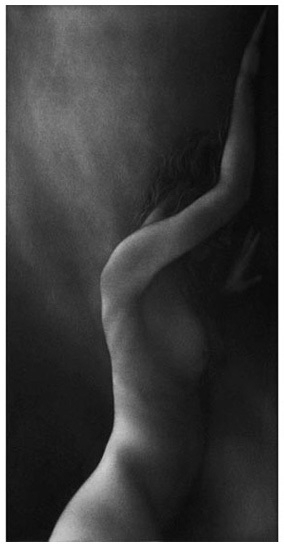
Fig. 21. Elevation I (mikiowatanabe.com)

Fig. 22. Elevation II (mikiowatanabe.com)
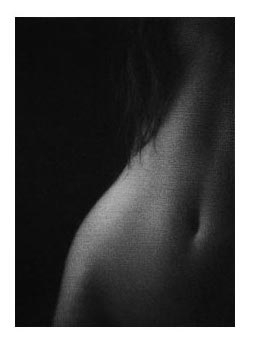
Fig. 23. Seek the Light (mikiowatanabe.com)

Fig. 24. Sublimation (mikiowatanabe.com)
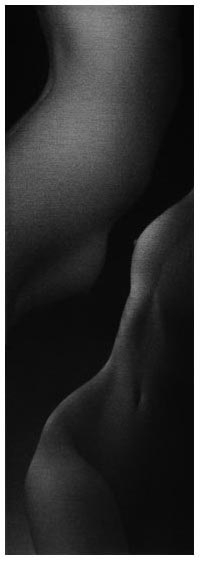
Fig. 25. Partition, 1993 (mikiowatanabe.com)
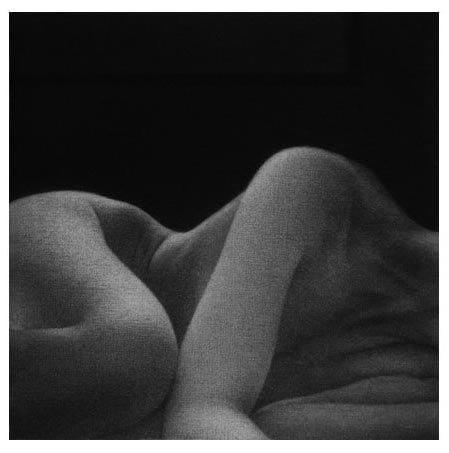
Fig. 26. Serenity, 1992 (mikiowatanabe.com)
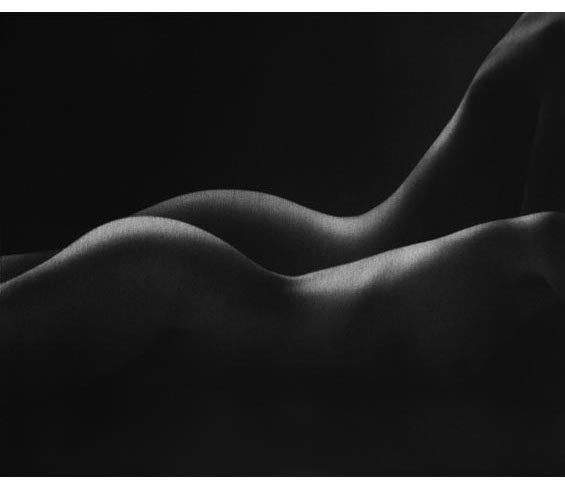
Fig. 27. Duet I, 1994 (mikiowatanabe.com)
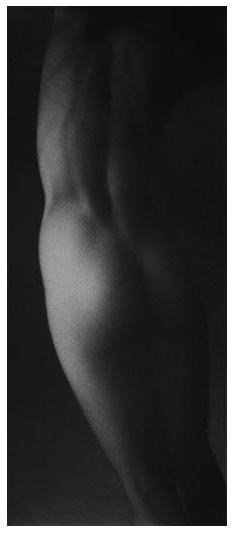
Fig. 28. Back (mikiowatanabe.com)
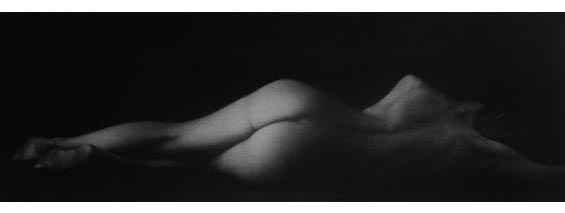
Fig. 29. Sleep, 1996 (mikiowatanabe.com)
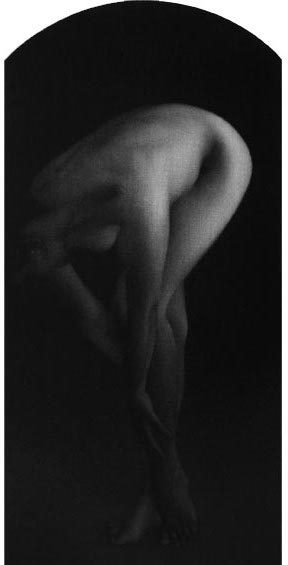
Fig. 30. Day and Night I (mikiowatanabe.com)
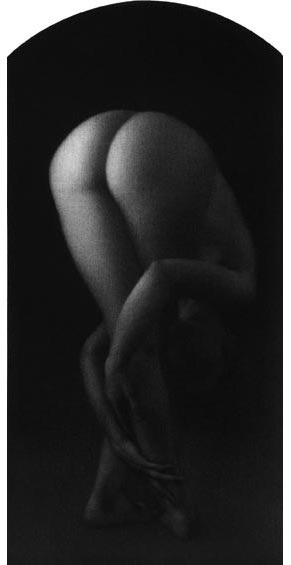
Fig. 31. Day and Night II (mikiowatanabe.com)
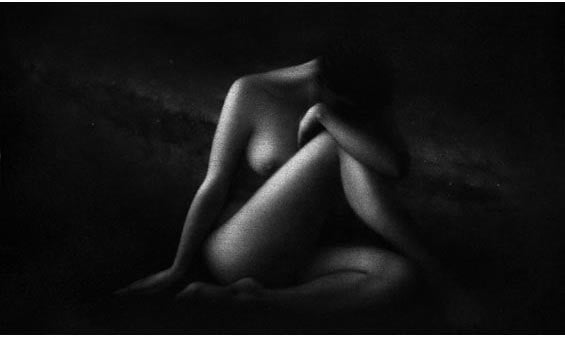
Fig. 32. Milky Way (mikiowatanabe.com)
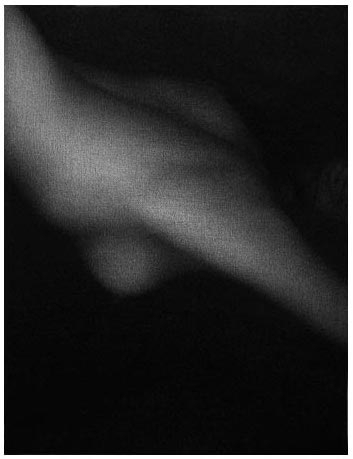
Fig. 33. Abyss (mikiowatanabe.com)
Created Of Dust
The numerous prints depicting the mesmerizing dance of glowing nymphs show what the fifty shades of grey can be like if it's a work of a skillful artist. The mezzotint method makes Watanabe's nudes look sculptured. The images of an elfish female body (which is frequently of the artist's wife Yuriko) acquire a velvet texture and remind us of a dune moving in the desert. In the works of Watanabe, the biblical quotation "For you are dust, And to dust you shall return" is aestheticized in an Eastern way. What sounds like doom to Western people, the printmaker turns into a moment of beauty that can be saved in art. What's more, judging by titles (Milky Way, Abyss), the human body, which is the most fragile substance, turns into the symbol of the universe. All in all, the space that seems immortal is also created of dust.

Fig. 34. Hatching, 1997 (mikiowatanabe.com)
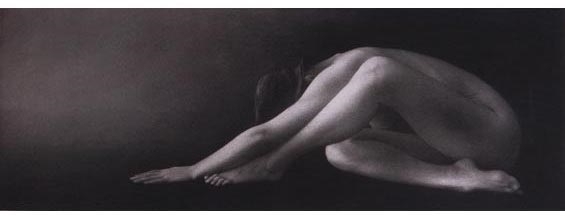
Fig. 35. Terre II, 1996 (mikiowatanabe.com)
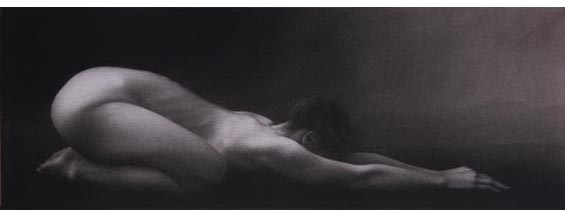
Fig. 36. Terre I, 1996 (mikiowatanabe.com)
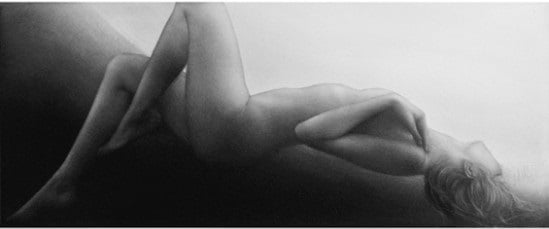
Fig. 37. Fusion I (mikiowatanabe.com)
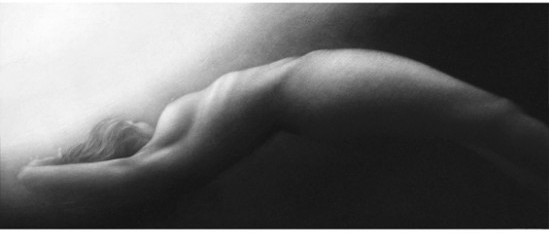
Fig. 38. Fusion II (mikiowatanabe.com)
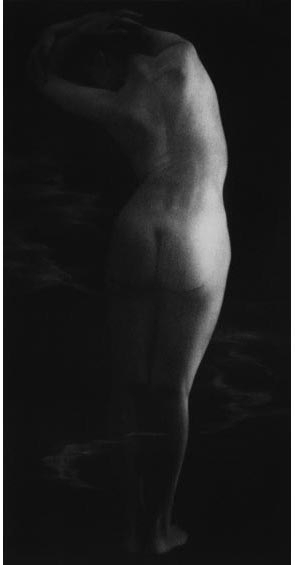
Fig. 39. Origin, 1997 (mikiowatanabe.com)
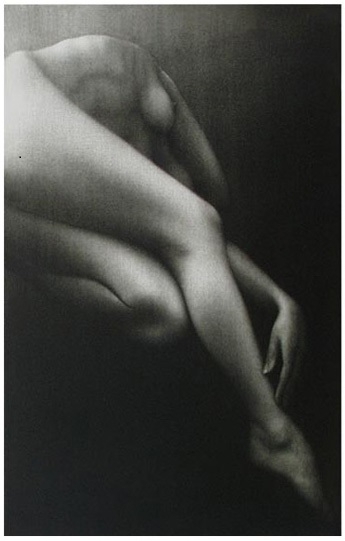
Fig. 40. Grace (mikiowatanabe.com)
Become a Premium member now and get instant access to an extended version of this article with 60 additional images.
Click HERE for the aesthetics of the interaction of male and female bodies in works of Eikoh Hosoe
Sources: mikiowatanabe.com; ebogallery.com; wikipedia.org; ouest-france.fr
